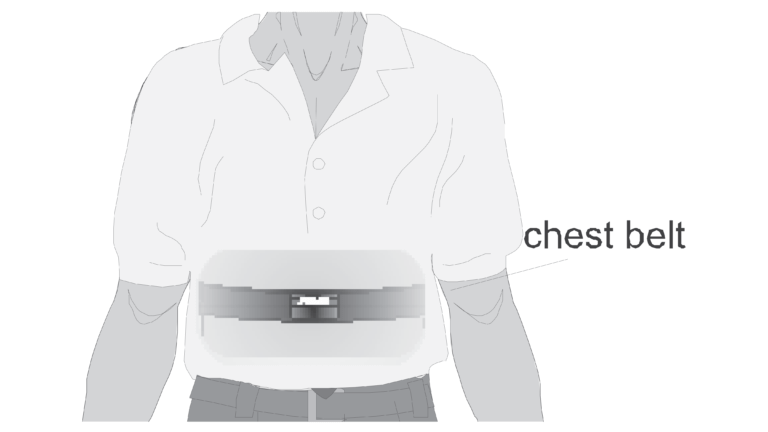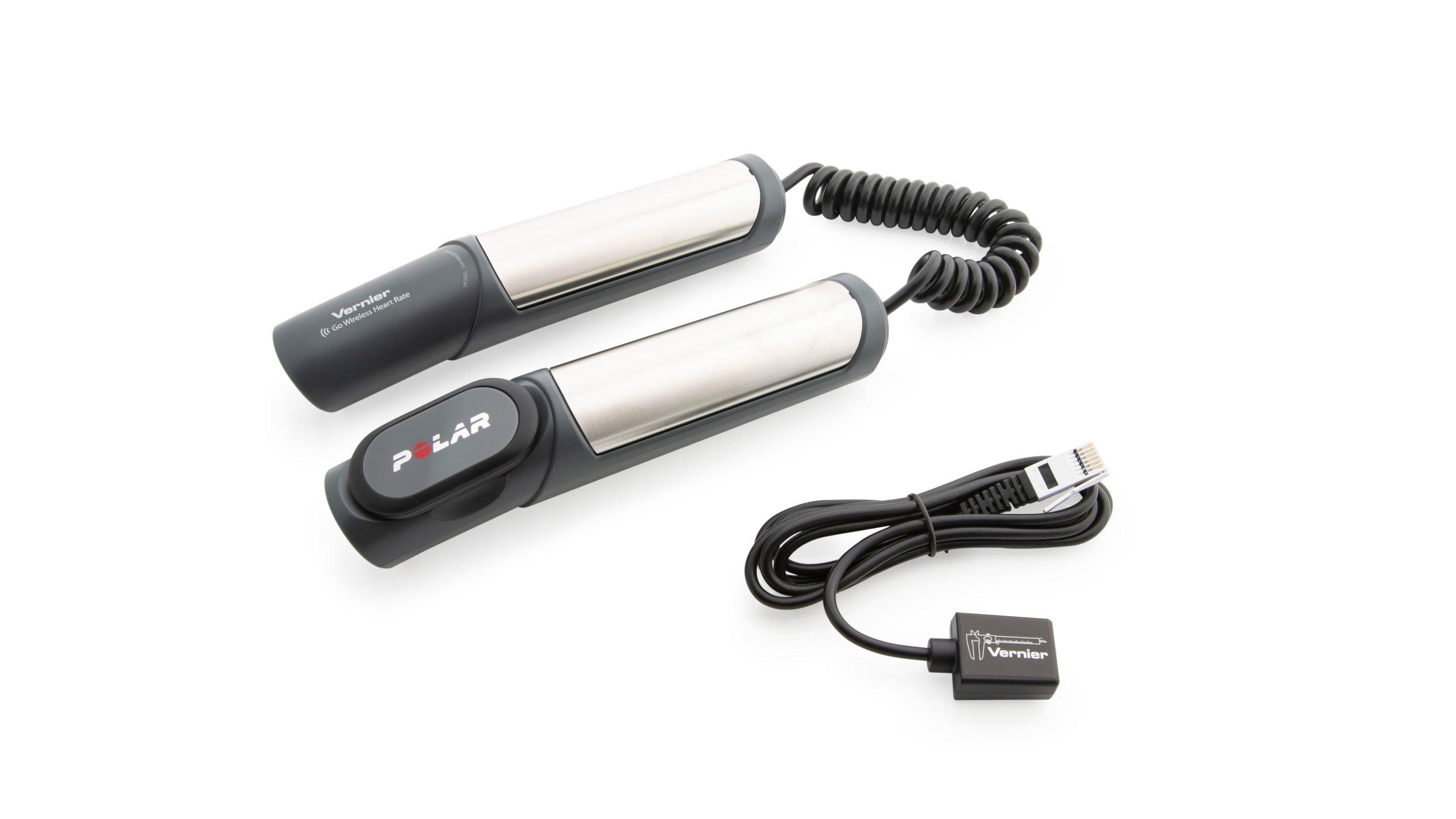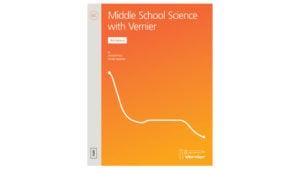Heart Rate and Exercise
Experiment #26 from Middle School Science with Vernier
- Education Level
- Middle School

Introduction
Heart rates increase during exercise. The heart rates of physically fit people increase less during exercise than those of less fit people. The heart rates of physically fit people recover to their resting rates more rapidly. In this experiment, you will use a Heart Rate Monitor to measure your heart rate as you stand quietly for 100 seconds, step onto and off a stool for 100 seconds, and then stand quietly for 200 seconds. You will then analyze a graph of the results to determine your standing heart rate, your maximum heart rate during the 100 seconds of exercise, and your recovery time.
Objectives
In this experiment, you will
- Use a heart rate monitor to measure your heart rate.
- Determine the effect of exercise on your heart rate.
- Determine your recovery time.
- Compare your results with those of other students.
Sensors and Equipment
This experiment features the following sensors and equipment. Additional equipment may be required.
Option 1

Option 2

Ready to Experiment?
Ask an Expert
Get answers to your questions about how to teach this experiment with our support team.
- Call toll-free: 888-837-6437
- Chat with Us
- Email support@vernier.com
Purchase the Lab Book
This experiment is #26 of Middle School Science with Vernier. The experiment in the book includes student instructions as well as instructor information for set up, helpful hints, and sample graphs and data.

